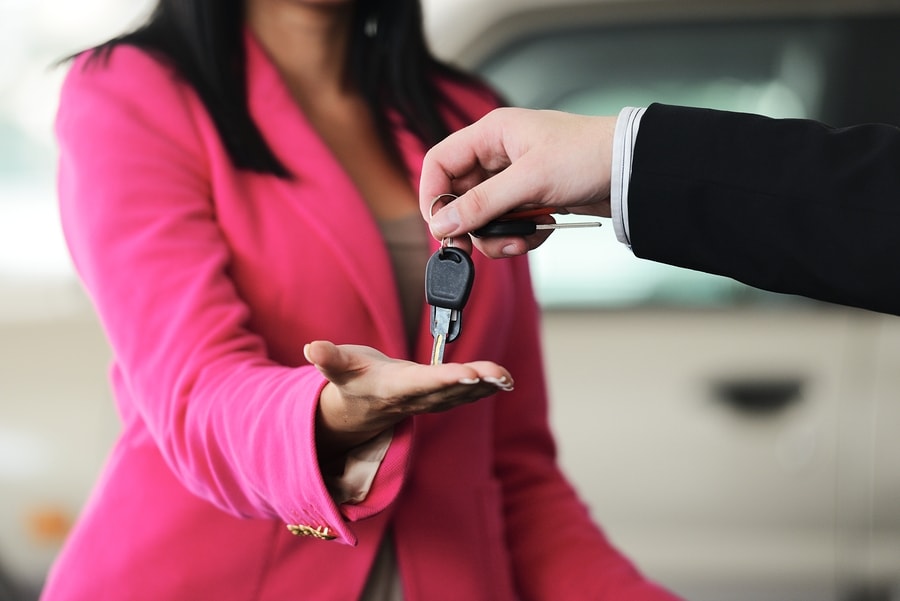Recent Articles
Popular Makes
Body Types
Top Teen Driving Tips
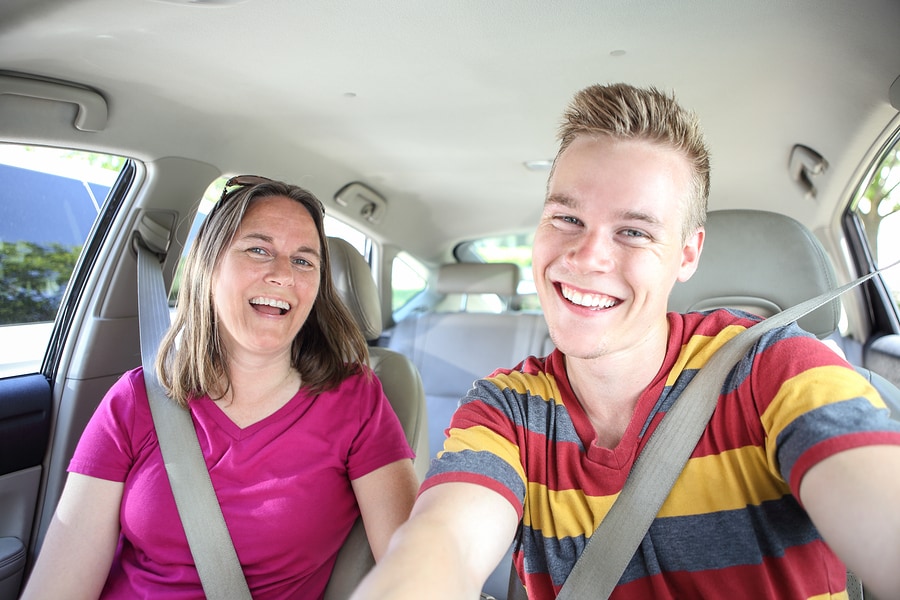
mother and son in car
According to statistics provided by the National Highway Traffic Safety Administration, motor vehicle crashes are the leading cause of death for U.S. teens. Study after study shows teen drivers crash three times more than those aged 20 and above. While most lists of this nature tend to focus on what the teen driver should do to stay safe on the road. This list also has top teen driving tips for parents from AAA. “Parents should not underestimate the critical role they play in keeping their teens safe,” says Cynthia Harris, AAA Northern California spokesperson. “Parents need to remain involved with their teens and let them know the choices they make behind the wheel could be the difference between life and death.”
1. Drive with a more experienced driver for a while.
Yes, the whole point of getting your license is you can pretty much go and come as you please. However, your experience level is still quite low. You know just enough to be dangerous. By driving with a more experienced driver beside you for a while, you can gain the experience you need to be on your own much faster, without having to make the mistakes to learn. You can benefit from the mistakes others made before you, so you don’t have to. Yeah, it’s a drag having somebody else in the car with you for a while, but ultimately it’s worth it overall.
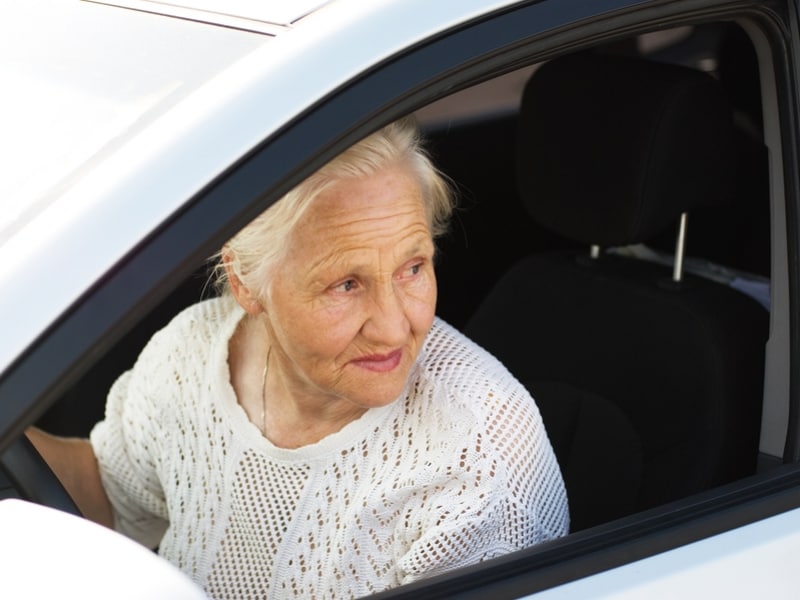
2. Focus And Avoid Distractions.
Without question, one of the largest distractions facing teen drivers is the smartphone. One in three teens admit to text messaging while driving. More than half of cell owning teens admit to having talked on the phone while driving. The problem here is one of divided attention. Texting requires you to shift your eyes away from the road, take your brain out of driving, and physically manipulate your phone. In other words, you stop driving—even though the car is still moving. At 55 miles per hour, your car is traveling the length of a football field every five seconds. Imagine doing it blindfolded—which is what happens when you send a “short” text while driving.
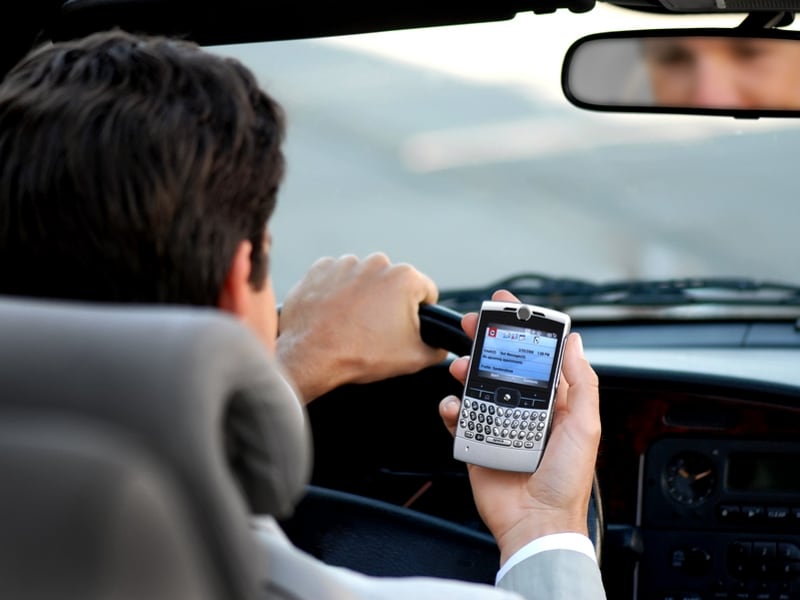
3. Watch Out For The Other Drivers.
So much of the advice you get as a teen driver focuses on keeping you from making mistakes and causing accidents. However, you can only drive one of the cars on the road. There are lots of other drivers out there too, with all sorts of things on their minds. And, safety isn’t always the foremost topic for them. Of course you know not to make a call, or check a text message while driving, but what about the other driver? Always make it a point to drive defensively. Watch out for other drivers who may not adhere to the rules the way you do. Pay attention to the other cars around you.
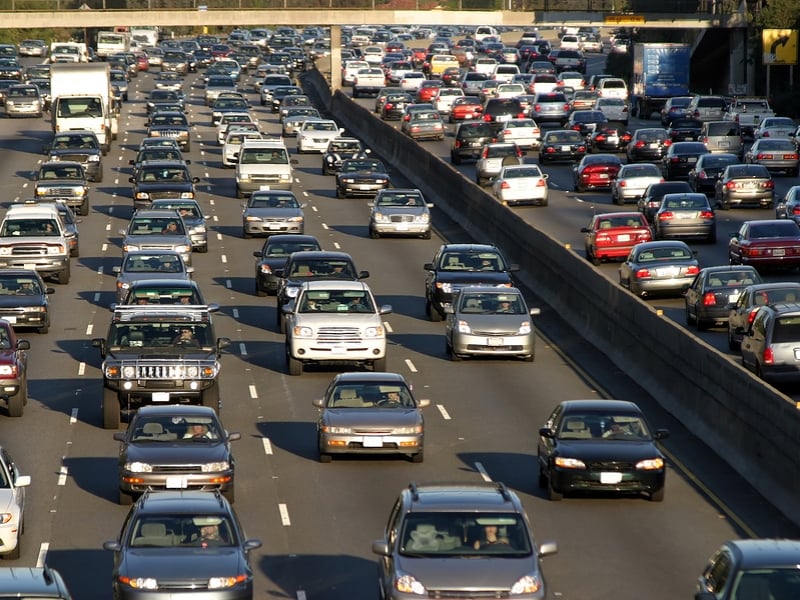
4. Seatbelts and airbags will save your life.
Watch the footage below of a crash test with and without restraints. In the one without, the dummy slams into the steering wheel and smashes its head against the windshield. If it were you, your ribcage would be crushed and you would experience a massive head wound. With the belt and the bag, the seat belt holds the dummy in the perfect position for the airbag to provide the maximum protection. But this is only part of why seatbelts are important. In addition to keeping you positioned to afford you the maximum protection from the airbag, seatbelts also keep you positioned to steer again, should you need to avoid a secondary impact.
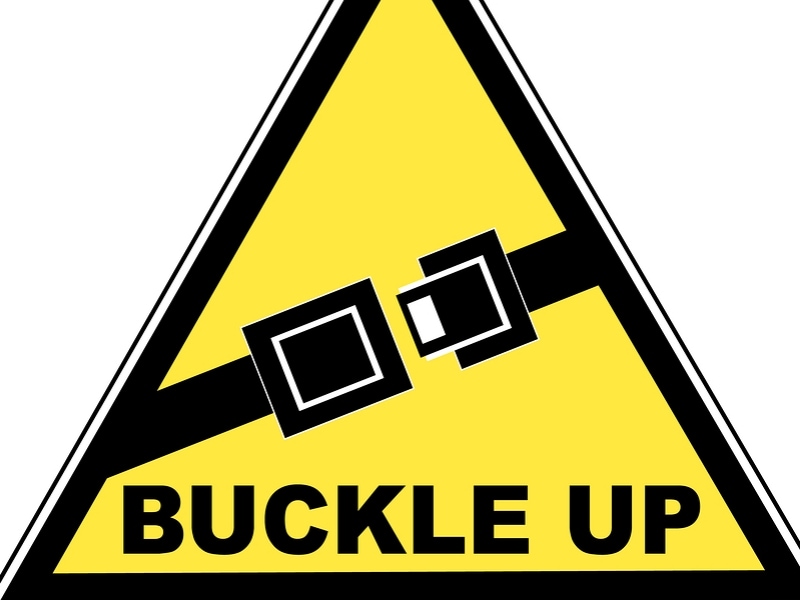
5. Take care of your car so it can take care of you.
Stay on top of your car’s maintenance; worn tires, dried windshield wiper blades, and dirty headlights will make it more difficult to avoid accidents. It goes beyond maintenance though; it gets into how you drive your car. Watch out for debris and potholes in the road and avoid driving your car over them. These could cause damage to critical areas you might need to perform at their best should you have to execute an avoidance maneuver. Of course, basic maintenance is important too. Make sure your oil and fluids are clean and their level is correct. Take care of your car, it will take care of you.

6. Restrict driving and eliminate trips without purpose.
Teens have three times as many fatal crashes as all other drivers, based on amount of miles driven, and a teen’s crash risk is highest during their first year of driving. Joy riding, while a rite of passage for the young, can be a very deadly situation.It is important to recognize teens have a tendency to underestimate risk. Combine this with the inexperience of a new driver and you have a prescription for disaster. Parents should limit teens’ driving to essential trips—with parental permission—for at least the first year of driving. By limiting their exposure until they have built up more experience, teens can ultimately be kept safer longer.

7. Become an effective driving coach.
The best way for new teen drivers to gain experience is through parent-supervised practice driving, where parents can share their wisdom accumulated over many years of driving. Even after a teen has a license allowing solo driving, parents and teens should continue to practice driving together to help the teen manage increasingly more complex and challenging driving conditions. It is also important for parents to recognize children typically model their behaviors on those demonstrated by their parents. When parents drive, they should exhibit the behaviors they want their teen driver to reflect. Drive courteously and obey traffic laws. This should be done anyway, but especially when young children are in the car watching.
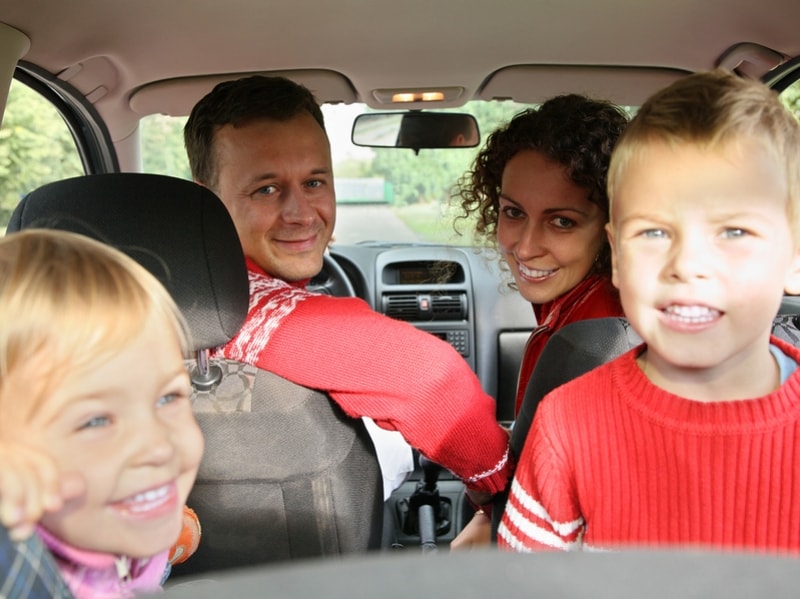
8. Limit teen passengers and time as a passenger.
Teen crash rates increase geometrically with each teenaged passenger in the vehicle. Fatalities for 16- to 19-year-olds increase fivefold when two or more teen passengers are present—versus when they drive alone. Also, riding in a vehicle with a young driver can be risky for teen passengers. Crash risk begins to increase at the age of 12, well before a teenager can obtain a driver’s permit or license – and before many parents start to think about their children being at risk while riding as a passenger with a teenaged driver. Set firm rules against driving with teen passengers and restrict your teen from riding as a passenger with a teen driver.

9. Restrict night driving.
A teen driver’s chances of being involved in a deadly crash double when they are driving at night. Visibility is lower, distractions from oncoming headlights and other sources are greater. Further, the chances of driver fatigue are significantly increased. All of these factors can combine to boost the risk of an accident. Many parents rightly limit driving during the highest-risk late night hours. They should limit early evening driving as well. More than half of all nighttime crashes occur between 9 p.m. and midnight. AAA recommends parent insist their newly-licensed teens do not drive after 9 or 10 p.m. unless accompanied by a responsible adult with a great deal of driving experience.

10. Establish a parent-teen driving agreement.
Many parents and teens have found having a written agreement is useful for helping set and enforce clear rules about night driving, passengers, access to the car, and the like. AAA offers a parent-teen driving agreement on its teen driver safety website, www.aaa.com/teensdrive. The Website also includes a link to the AAA national teen driving resource; AAAKeys2Drive, and it offers a variety of tools and resources for parents and teens as they progress through the learning-to-drive process. Visit www.aaa.com/teensdrive for more AAA tips and resources to help keep teens safe behind the wheel.
